

Andrew Maclean
1 Month Ago

Journalist
A Honda CR-V variant with a plug-in hydrogen fuel cell powertrain will be built in the US from 2024.
In its announcement overnight, Honda said the “new FCEV [Fuel Cell Electric Vehicle] will be based on the all-new Honda CR-V“.
We don’t expect any major design or sheetmetal changes, though, as the company went on to state the new model will add “zero emissions and EV driving performance to America’s best-selling CUV of the past quarter century”.
Honda didn’t give any details about the CR-V FCEV’s drivetrain, so we’re none the wiser about its total range, power or torque.
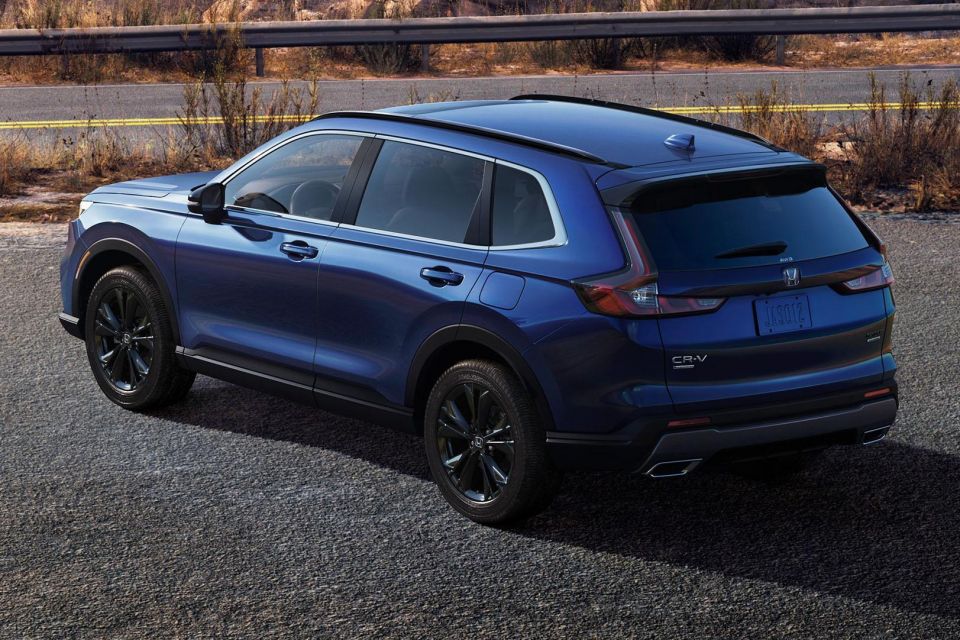
The company has a partnership with GM to jointly develop fuel cell drivetrain technology, so it’s likely much of its powertrain will spring from that.
We do know, though, that the new CR-V FCEV will be a plug-in model, meaning it will have a decently-sized battery pack that can be recharged at home through mains electricity or at public charging stations.
If plug-in hybrid petrol vehicles are anything to go by, the CR-V-based FCEV should be capable of around 50km driving on battery power alone.

Previous Honda fuel cell vehicles, like the two generations of the Clarity FCEV, only had a small high voltage battery pack, primarily to store energy generated from regenerative braking.
The second-generation Clarity FCEV had a 130kW electric motor driving the front wheels. With its compressed hydrogen tanks filled to the brim, it had an estimated driving range of 580km.
In the US, the Clarity FCEV was only available via lease, and only in select states, primarily California, where most of the nation’s publicly accessible hydrogen filling stations are located. Towards the end of its life, lessees were also given a fuel card worth up to US$15,000 ($22,100).
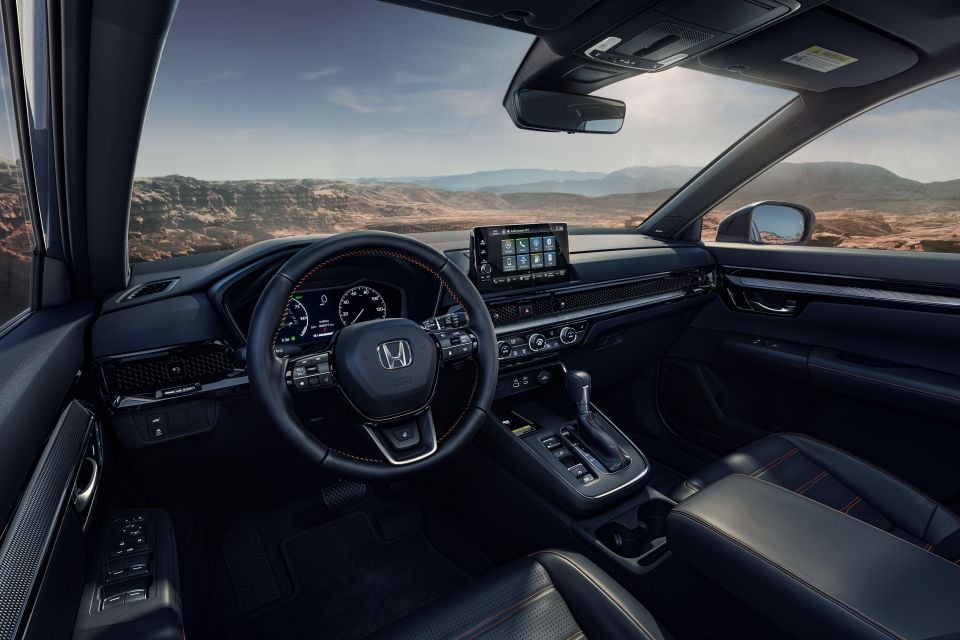
The new CR-V FCEV will be built at Honda’s Performance Manufacturing Center in Marysville, Ohio, a factory that, essentially, hand produces vehicles in small quantities each year.
Its most famous vehicle is the hybrid second-generation Honda NSX, sold as the Acura NSX in North America. It is currently producing the limited edition Acura TLX PMC Edition.
This suggests, like earlier fuel cell Hondas, the CR-V FCEV won’t be a volume-selling model.
All fuel cell Hondas to-date have been built in Japan, and it’s unclear if the Ohio-built CR-V FCEV will be sold solely in North America or exported around the world.
Honda has previously stated it expects all of its sales globally to be pure electric and fuel cell vehicles by 2040.
The sixth-generation CR-V was launched in July, and is over 12 months away from its local launch. In the US it is available with a 142kW/243Nm 1.5-litre turbo four-pot, and a 152kW 2.0-litre hybrid.
MORE: Everything Honda CR-V
CarExpert does the hard work to get you the best price. No negotiating, no hidden costs, just expert help and real savings on your next new car.
Derek Fung would love to tell you about his multiple degrees, but he's too busy writing up some news right now. In his spare time Derek loves chasing automotive rabbits down the hole. Based in New York, New York, Derek loves to travel and is very much a window not an aisle person.


Andrew Maclean
1 Month Ago
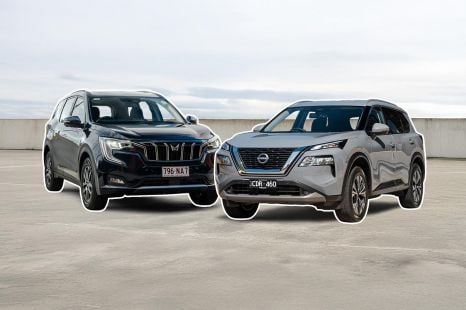

Andrew Maclean
1 Month Ago
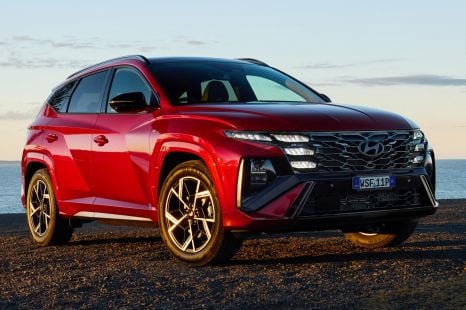

James Wong
30 Days Ago
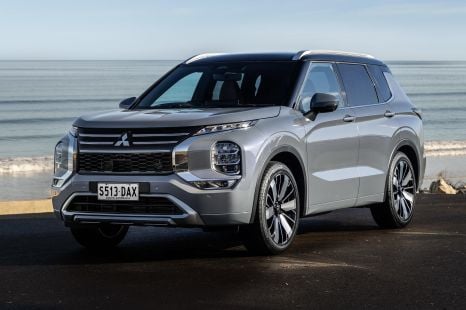

Max Davies
22 Days Ago
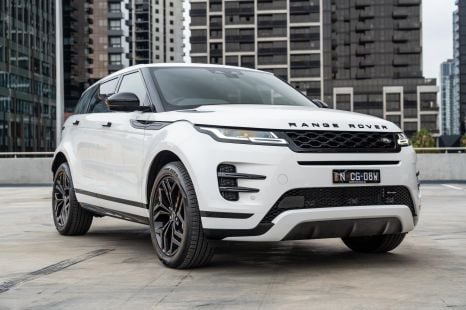

William Stopford
10 Days Ago


William Stopford
9 Days Ago